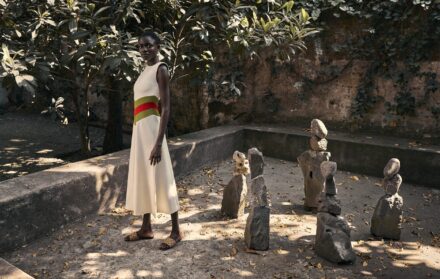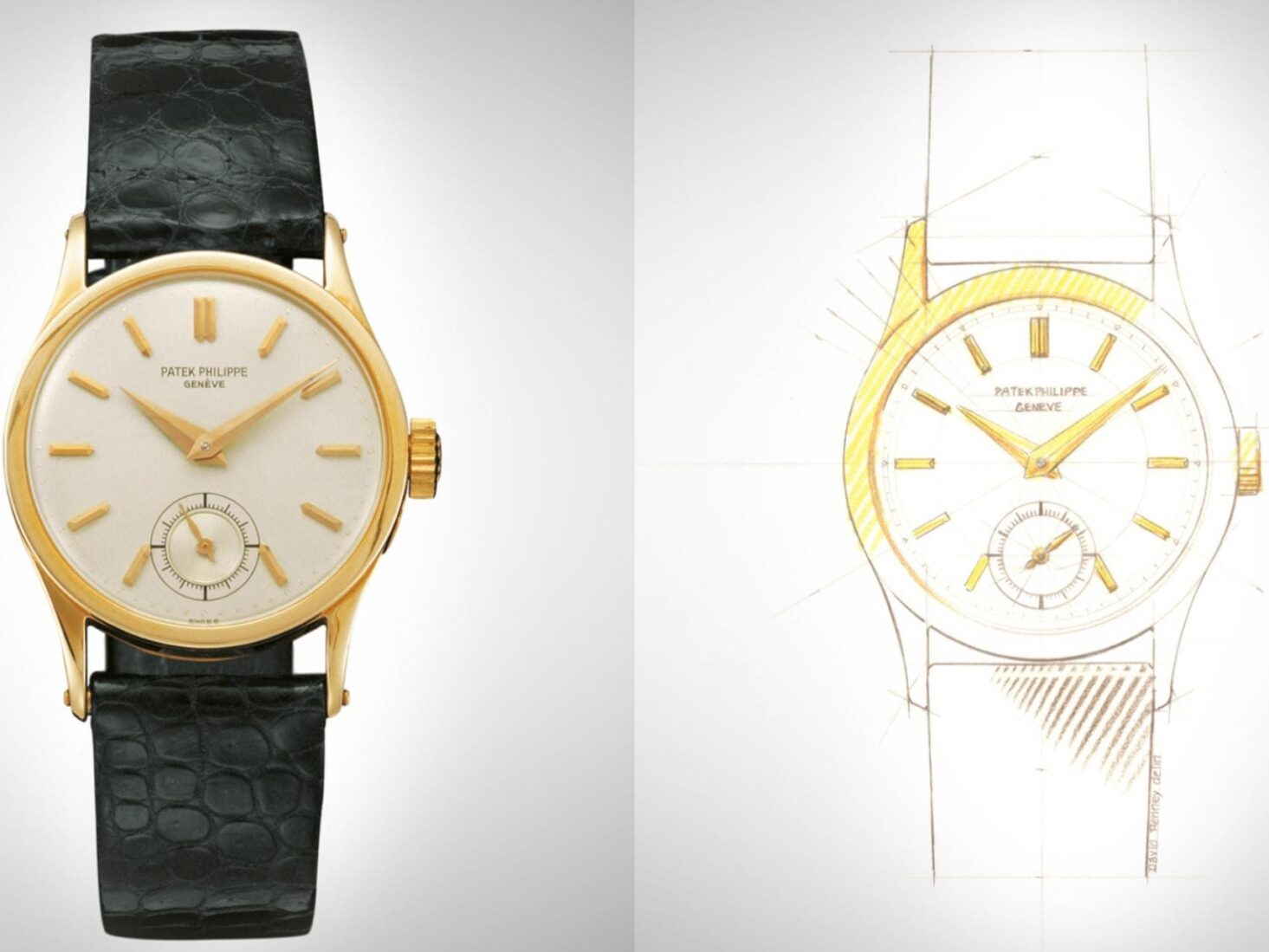
How Patek Philippe’s Calatrava became the world’s most desirable dress watch – for both men & women
The cult of the Calatrava has been boosted by one of the most effective marketing lines in branding history and a string of high-profile, record-breaking results for Patek Philippe at auction
It might constitute the very picture of what we’d call a traditional dress watch today, but when it debuted in 1932, the aesthetic simplicity of Patek Philippe’s Calatrava made it very much à la mode.
Turn-of-the-century wristwatches, largely intended for women, were elaborate in design and often encrusted with diamonds. The Cartier Santos, regarded today as the first, series-produced wristwatch for men, arrived in 1907 in a quadrilateral case – as did the Cartier Tank of 1919. Early Rolex Oyster watches, of the late 1920s, were octagonal and cushion in shape; Jaeger LeCoultre’s two-sided Reverso, patented in 1931, and designed to take a pummelling on the polo pitch, was, of course, rectangular.
The rounded form of the original Calatrava – the Reference 96 – was the vision of an English watch designer heavily influenced by a German design aesthetic. Three years before David Penney would present Charles and Jean Stern – two dial-manufacturing brothers who had purchased a controlling interest in the then-named Patek, Philippe & Cie in 1932 – with a wristwatch informed by the founding principle of the Bauhaus movement – gesamtkunstwerk, or ‘total work of art’ – Wall Street had crashed.
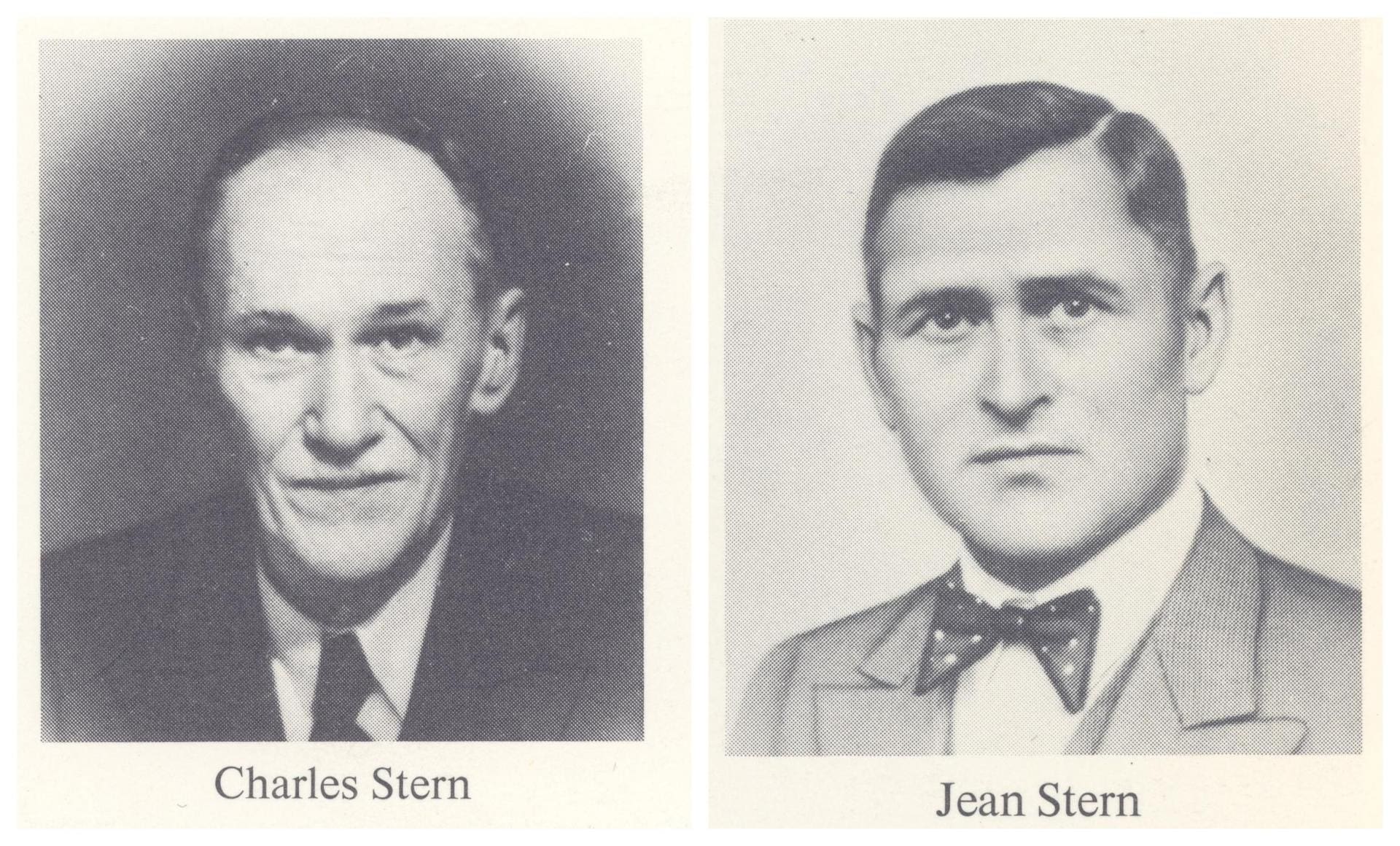
From a height of almost 21 million francs in 1929, the value of Swiss watch exports flopped to little more than 16 million in 1930, falling to just above eight million in 1932 – figures that might comfort those prophesying the collapse of the industry in the face of Covid-19.
Penney’s blueprint, with its ergonomic round case, uncluttered ivory dial, humble baton hour markers and easy-to-read small seconds dial at six o’clock, was the horological embodiment of the new, less-is-more architectural and design movement sweeping across Europe. It was, the Stern brothers crossed their fingers and hoped, the watch to sure up Patek Philippe’s shaky financial footing.
(The Dessau-based epicentre of the Bauhaus movement was, incidentally, dissolved the year after Penney presented his design to Patel Philippe. In 1933, Nazi troops destroyed everything inside the building and turned it into an officer training school – prompting many of Bauhaus’ leading protagonists to flee to London, where, weirdly, the movement never really took off.)
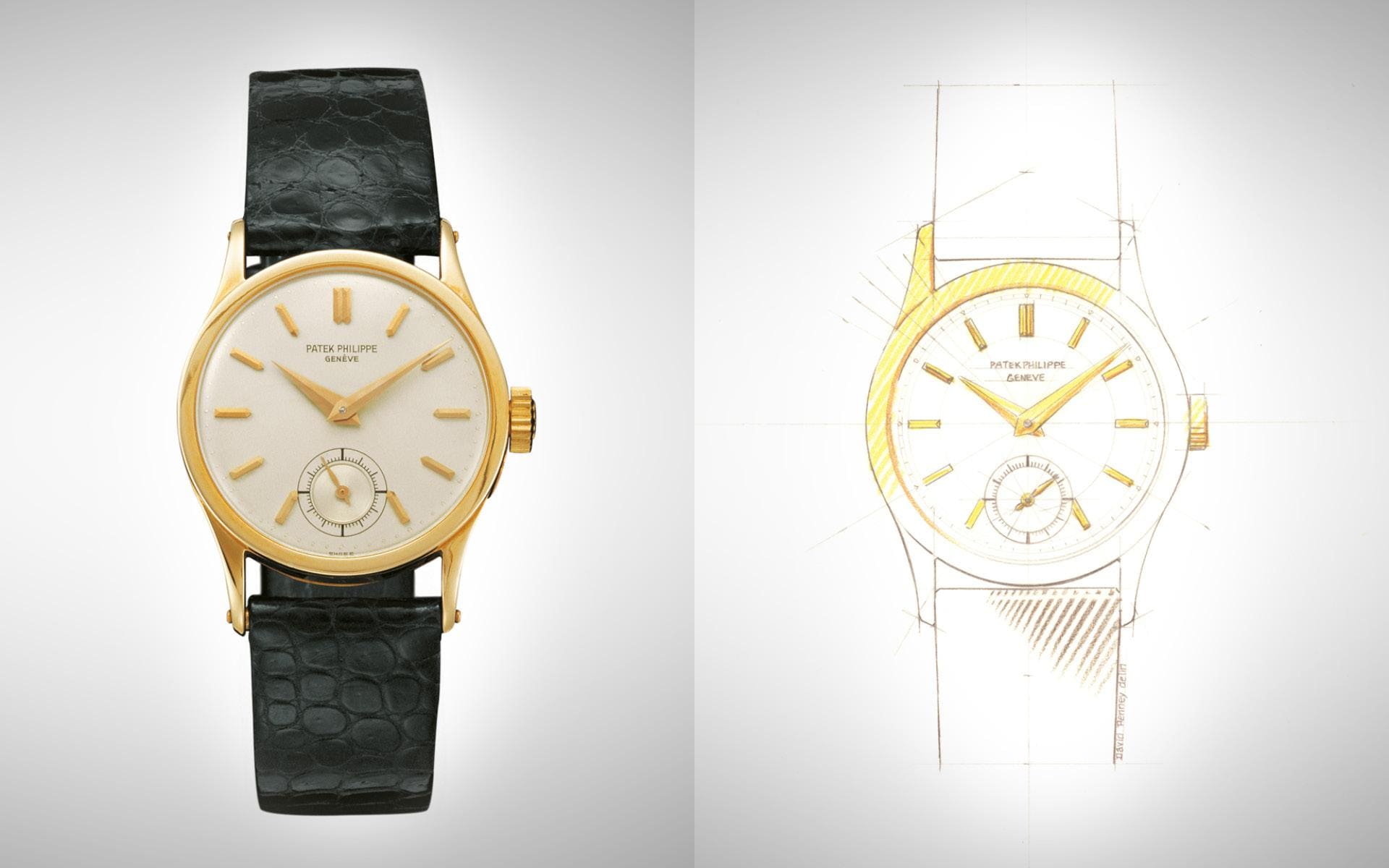
The Calatrava might have signalled a new direction for Patek Philippe aesthetically, but the brand’s first ‘family’ of watches was also the first to reference, in name at least, the watchmaker’s four-lily logo. The fleur-de-lis-like emblem – known as the Calatrava cross after it had been adopted by Christian knights defending Spain’s Calatrava fortress against Moorish attack in 1158 – was trademarked by Patek Philippe in 1887.
The Calatrava became the chronometric embodiment of the two holiest of Patek Philippe’s horological Ten Commandments – Tradition and Innovation (the watchmaker lists a Decalogue of signature ‘values’ as its guiding principles; the others being Independence, Workmanship, Rarity, Value, Aesthetics, Service, Emotion and Heritage).
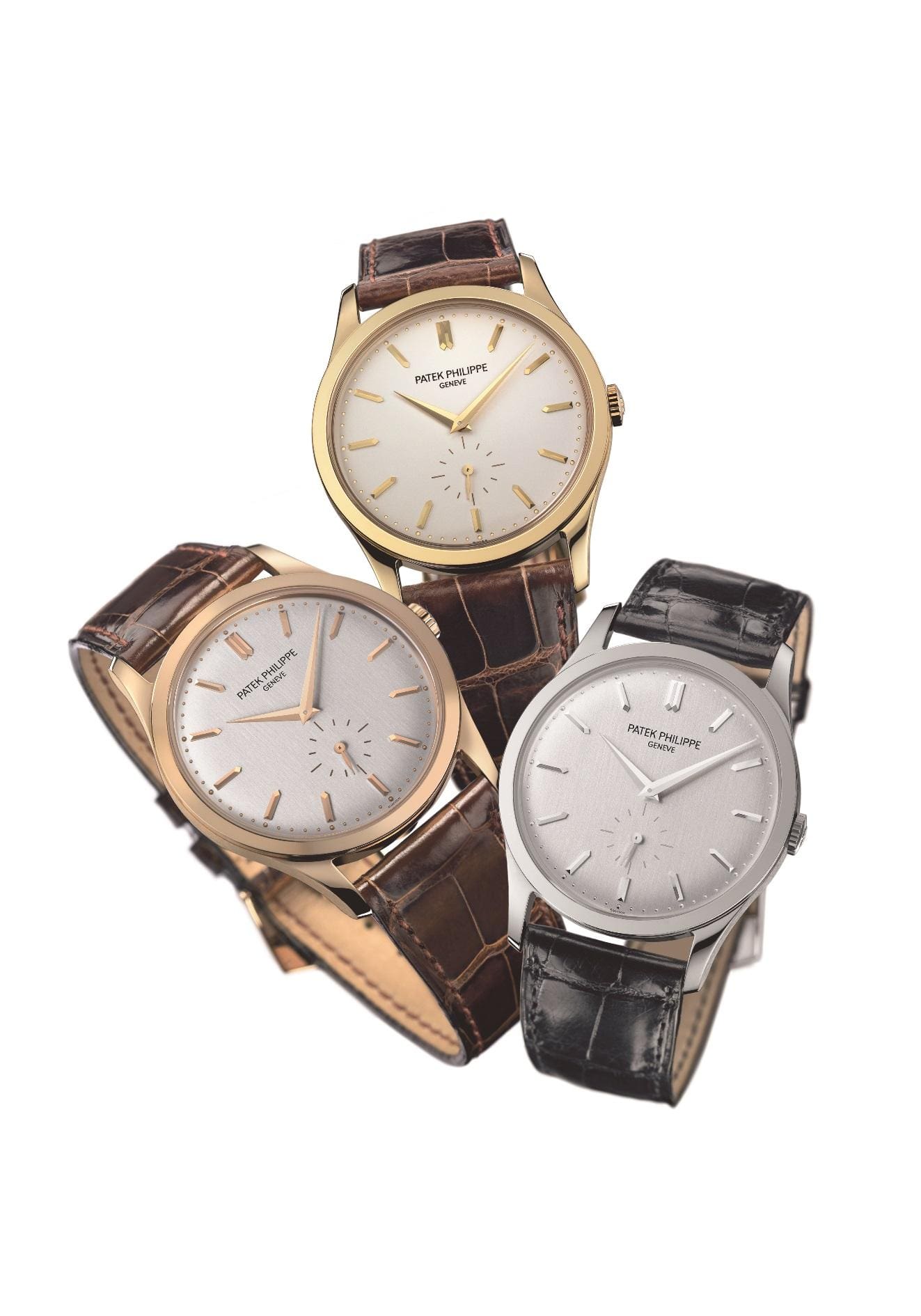
The original Calatrava Reference 96 was 31mm wide, 9mm thick and powered by a calibre manufactured by Jaeger-LeCoultre. It received an in-house movement in 1934; a date and moon-phase display in 1936; a beefier (35mm) case in 1938; an automatic calibre in 1953; highly-collectable hobnail bezels in the 1970s and 80s; larger case sizes still (37mm) in the 90s and 00s; and was turned into a rather divisive pilots’ watch in 2015.
How, though, did the unassuming Calatrava become the world’s most coveted dress watch?
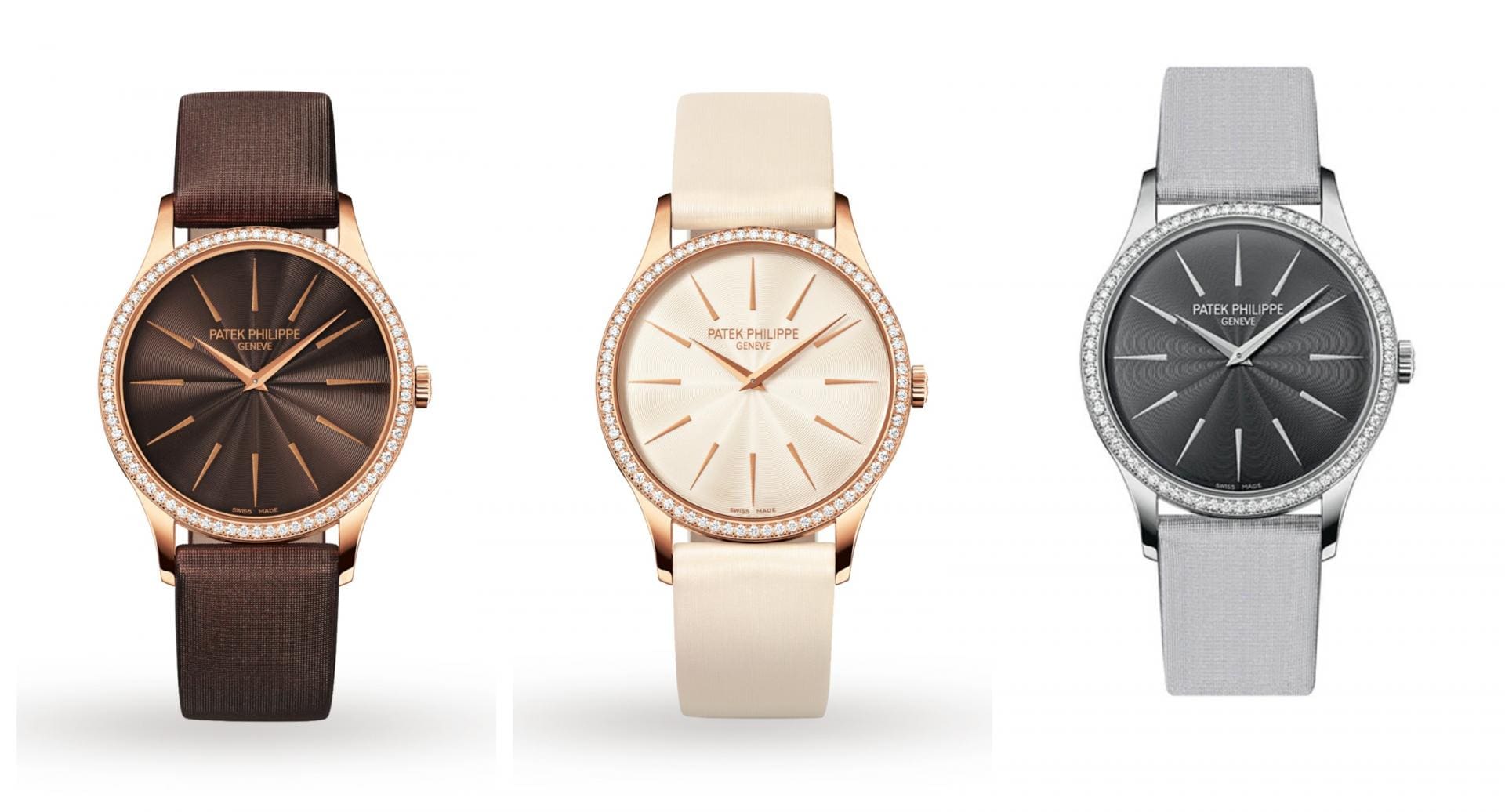
The fact that one sought-after model, the Ref. 3919, formed the mainstay of Patek Philippe’s advertising campaigns from 1985 until 1996, probably played a part. Since then, the cult of Patek Philippe in general has been boosted by one of the most effective marketing lines in the history of branding – ‘You never actually own a Patek Philippe. You merely look after it for the next generation’ – and a string of high-profile, record-breaking results at auction. Patek Philippe can currently lay claim to seven out of the 10 most expensive lots ever sold, including last year’s Grandmaster Chime, which raised around £25m for Muscular Dystrophy when it went under the hammer at the horological charity event OnlyWatch 2019.
There’s also the question of supply, which Patek Philippe manages with surgical precision. Last year, the company made around 60,000 watches. To put that into perspective, Omega manufactured 900,000. Rolex is thought to have produced in the region of one million.
Patek Philippe has recently moved into a brand-new, six-storey manufacturing facility in Plan-les-Ouates, Geneva – a sprawling campus of buffed-stone buildings, flying glass bridges and a further four subterranean floors. Yet, despite now possessing some 100,000 square metres of state-of-the-art watchmaking space, the company has said it will only increase supply by a maximum of three per cent – taking its annual output to around 62,000 watches.
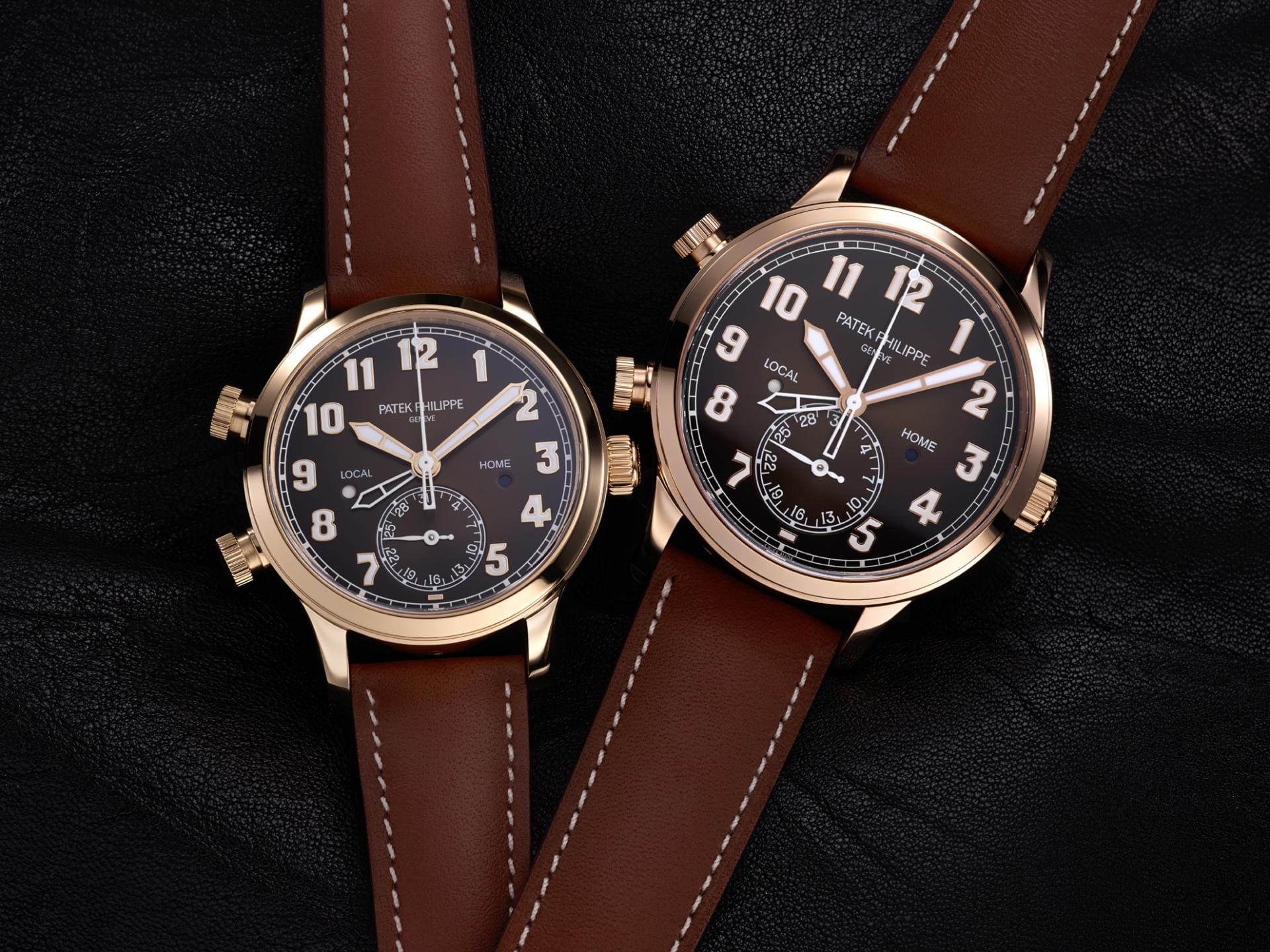
The bad news for anyone currently on a Patek Philippe waiting list is that the company has had to halt production in light of the coronavirus pandemic. The brand is also postponing all-new watch launches until 2021.
The good news is that to aid authorised retailors whose showrooms are currently closed, Patek Philippe has agreed to allow them to sell watches they already have in stock online for the very first time. Place an order for a rose gold Calatrava 5227R-001 at Watches of Switzerland before 4pm today, and qualify for free, next-day delivery.
Tradition meets innovation, indeed.








